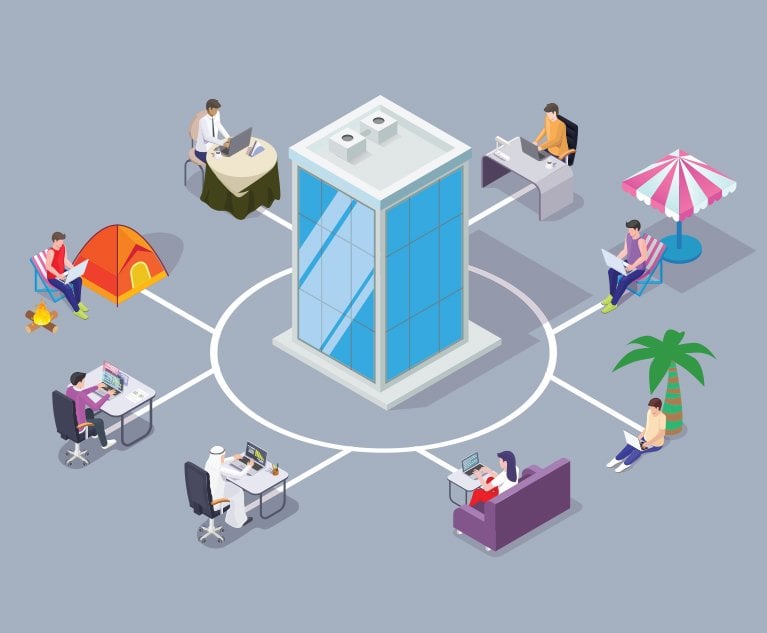 In some states, workers' compensation programs have recently shifted to consider the injured worker's physical and mental health along with their social environment to create more personalized treatment plans for injured workers. Photo: Siberian Art/Adobe Stock
In some states, workers' compensation programs have recently shifted to consider the injured worker's physical and mental health along with their social environment to create more personalized treatment plans for injured workers. Photo: Siberian Art/Adobe Stock
Workers' compensation insurance protects businesses and their workforce by providing benefits to employees who are injured on the job. These benefits can cover the costs associated with the injured employee's medical care, address retraining costs and cover lost wages until the employee can return to work. The benefits can also compensate the employee for permanent disability if needed.
Recommended For You
Want to continue reading?
Become a Free PropertyCasualty360 Digital Reader
Your access to unlimited PropertyCasualty360 content isn’t changing.
Once you are an ALM digital member, you’ll receive:
- Breaking insurance news and analysis, on-site and via our newsletters and custom alerts
- Weekly Insurance Speak podcast featuring exclusive interviews with industry leaders
- Educational webcasts, white papers, and ebooks from industry thought leaders
- Critical converage of the employee benefits and financial advisory markets on our other ALM sites, BenefitsPRO and ThinkAdvisor
Already have an account? Sign In Now
© Touchpoint Markets, All Rights Reserved. Request academic re-use from www.copyright.com. All other uses, submit a request to [email protected]. For more inforrmation visit Asset & Logo Licensing.







